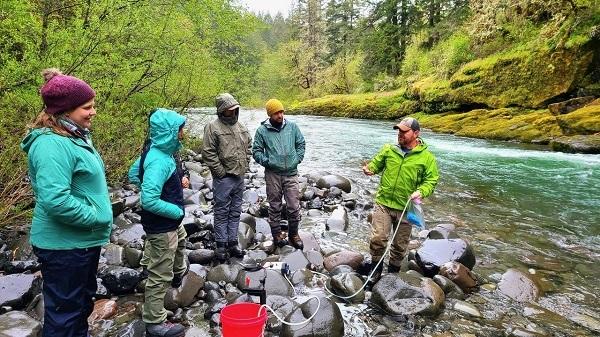Related Stories
- Stewardship and smiles at Samoa Dunes: BLM California hosts National Public Lands Day event
- Lake Havasu Fisheries Improvement Program is the gift that keeps giving
- Historic Umtanum Suspension Bridge wins international footbridge award
- BLM is thankful for public lands volunteers
- BLM delivers on administration priorities
Office
1717 Fabry Road, SE
Salem, OR 97306
United States
Phone:
Email:



